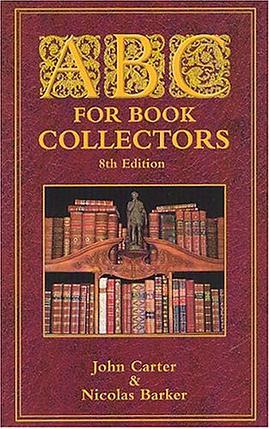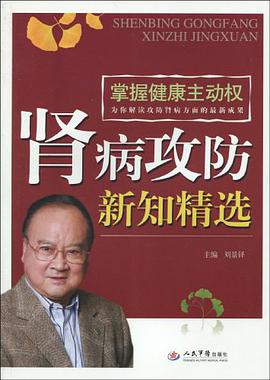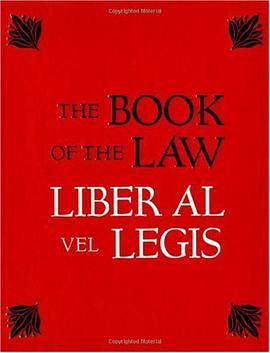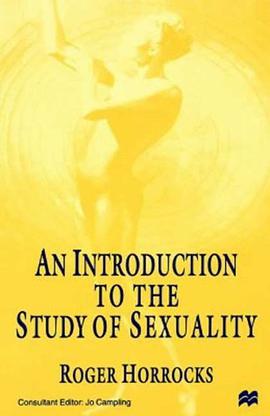

Eighth Edition
By John Carter and Nicholas Barker
New Castle, DE: Oak Knoll Press, 2004
232 pages
Paper back: ISBN: 1-58456-112-2 Price: $29.95
There are more changes to the eighth edition of ABC than in all previous editions combined
ABC for Book Collectors is the standard primer and glossary for book collecting in the English-speaking world. It enumerates the terminology used, commonly and uncommonly, among collectors, booksellers, auction houses, librarians, and scholars. It describes the life of the book, from the original holograph manuscript, through galley proofs, to issue as parts in wrappers, until binding and distribution. The history of books and book collecting in the West is indirectly retold in the biographical entries for major printers, binders, collectors, and notable figures such as Roger Payne, Edwards of Halifax, and William Lowndes. ABC also delineates the canon of bibliographical literature, frequently abbreviated or referenced only by surname: ABPC, ISTC, NUC, McKerrow and Gaskell. Reading ABC is a course in Book Collecting 101.
It’s a good read, too, one of the few reference volumes that can be enjoyed cover-to-cover. This is due to Carter’s writing, which Barker has seamlessly expanded. The style is eloquent, precise, and succinct. It’s also very British in its spelling, tone, and humor. Carter and Barker have strong, wry opinions. They don’t hesitate to share them in such entries as issue-mongers (“one of the worst pests of the collecting world”) and the chronological obsession. Of that obsession, and biblio-obsessions in general, they write: “If a slightly acid note is discernible in the comments offered [here]…it must be set down to the conviction that all extremes are a bore.” The reader’s knowledge and amusement is amplified by their generous discussion and good sense. John Carter, who worked for Scribner’s and Sotheby’s, wrote ABC over a half century ago in 1952. Nicolas Barker, former Head of Conservation at the British Library and editor of The Book Collector, assumed stewardship of ABC after Carter’s death in 1975. Barker’s contributions to each new edition have grown, and the eighth edition rightfully gives him full credit as co-author alongside Carter.
If you are a book collector or book lover, and you don’t own this book, buy it. Now. Stop reading, go to your local bookstore, buy this book, and read it. If you have an older copy sitting on your shelf, the rest of this review is intended to help you make the decision to upgrade.
I performed an informal collation of the new eighth edition against the seventh, sixth, and first editions. I was fortunate to find a copy of the first edition in the Boston Public Library’s Rare Book Department. I counted the number of entries in each volume and tracked each entry across editions, noting additions and deletions. Under deadline and unable to find a Hinman collator at my local Best Buy, I didn’t compare each definition in every edition line-by-line, but I discovered there are more changes in this edition of ABC than in all previous editions combined.
The first edition contains 459 entries. The sixth edition, published in 1980, has 519, a net growth of only sixty entries in twenty-eight years. Fewer than a dozen entries were removed (the Ashley Catalogue, mould-made paper, and mint-condition fetishists fell from bibliophilic fashion). Between the sixth edition and the seventh in 1995, only twenty-two new entries were added and a half-dozen removed. Over the course of forty-three years, ABC swelled by a grand total of eighty-two entries.
In stark contrast, the differences between the seventh and eighth editions are enormous: there are 130 new terms. Some of these are cross-references to extant entries, but most are brand new. Several fill in the lacunae in previous editions regarding subject fields like printer jargon (balls, chase, frisket, and quoins) and binding terms (french-sewn, hair-sheep, tacket, and tawing). The canon of reference works and authors is expanded to include Duff, Greg, Heber, and Bowers. Some entries are excavated from others: minuscule warranted distinction from majuscule. A few items that deserved entries in earlier editions finally make it. Dibdin (patron saint of bibliomaniacs) certainly warrants his own description, where in previous editions he was often cited but never explained. His colleagues at the Roxburghe Club also get their own place in the book, where previous editions focused on the Roxburghe Style of bindings. Perhaps there was an assumption that most readers knew who Dibdin and the Roxburghe Club were, and no reference was needed.
One obvious change makes its first appearance in the new ABC: the Internet. Given the impact of online bookstores and resources since the last edition in 1995, it should surprise nobody that the word Internet gets an entry. E-mail addresses now are included in contact information for bibliographic organizations. Even eBay makes an appearance.
Another change underlies many of the revisions to this edition—the evolving community and market of collectors. Barker’s ruminative introduction remembers when the first ABC appeared:
It is strange, now, to look back on those days. Our world was indeed a small one and, it seemed, contracting. There were few antiquarian booksellers, mostly old men. Their memories stretched back to the Depression and beyond, when old books were commoner and so were collectors. They were, they felt, the last generation: the last books would soon be locked up in institutional libraries, and the trade that they knew would soon be wound up.
Of course, as Barker goes on, the community wasn’t “wound up,” but rejuvenated by economic and geographic changes for booksellers and by a new generation of collectors, scholars, and librarians in the 1970s and 1980s. The question now is will a new generation of collectors take their place over the next twenty-five years?
ABC for Book Collectors isn’t a fixed codex of book words. Rather, it cogently reflects and explains the living bibliographical world. Much of the terminology has been around for several centuries, and its fundamentals will remain intact for another generation. Barker laments the dissolution of bookbinding as an industry, but points to the survival of the craft and its jargon among a new generation of book conservators and art binders. Similarly, the world of book collecting, selling, and scholarship is transforming itself to take advantage of new technology and to meet the needs of a new generation. ABC has shown it can keep pace and will be a constant in that world.
資料來自http://www.finebooksmagazine.com/reviews/ABC_for_Book_Collectors-John_Carter_and_Nicholas_Barker
具體描述
讀後感
用戶評價
Reading for Descriptive Bibliography. 很有用的工具書,排版到位,標注很有特色。Rare books真的沒有聽上去這麼酷,我可以接受一遍遍翻書數數校對的枯燥,但是無力麵對這麼多似是而非的術語、動輒完全看不懂的拉丁語希臘語希伯來語、經常連字母都分辨不清,讀瞭這麼多年的書在這門課上依然像個文盲。
评分Reading for Descriptive Bibliography. 很有用的工具書,排版到位,標注很有特色。Rare books真的沒有聽上去這麼酷,我可以接受一遍遍翻書數數校對的枯燥,但是無力麵對這麼多似是而非的術語、動輒完全看不懂的拉丁語希臘語希伯來語、經常連字母都分辨不清,讀瞭這麼多年的書在這門課上依然像個文盲。
评分Reading for Descriptive Bibliography. 很有用的工具書,排版到位,標注很有特色。Rare books真的沒有聽上去這麼酷,我可以接受一遍遍翻書數數校對的枯燥,但是無力麵對這麼多似是而非的術語、動輒完全看不懂的拉丁語希臘語希伯來語、經常連字母都分辨不清,讀瞭這麼多年的書在這門課上依然像個文盲。
评分Reading for Descriptive Bibliography. 很有用的工具書,排版到位,標注很有特色。Rare books真的沒有聽上去這麼酷,我可以接受一遍遍翻書數數校對的枯燥,但是無力麵對這麼多似是而非的術語、動輒完全看不懂的拉丁語希臘語希伯來語、經常連字母都分辨不清,讀瞭這麼多年的書在這門課上依然像個文盲。
评分Reading for Descriptive Bibliography. 很有用的工具書,排版到位,標注很有特色。Rare books真的沒有聽上去這麼酷,我可以接受一遍遍翻書數數校對的枯燥,但是無力麵對這麼多似是而非的術語、動輒完全看不懂的拉丁語希臘語希伯來語、經常連字母都分辨不清,讀瞭這麼多年的書在這門課上依然像個文盲。
相關圖書
本站所有內容均為互聯網搜索引擎提供的公開搜索信息,本站不存儲任何數據與內容,任何內容與數據均與本站無關,如有需要請聯繫相關搜索引擎包括但不限於百度,google,bing,sogou 等
© 2025 onlinetoolsland.com All Rights Reserved. 本本书屋 版权所有




















